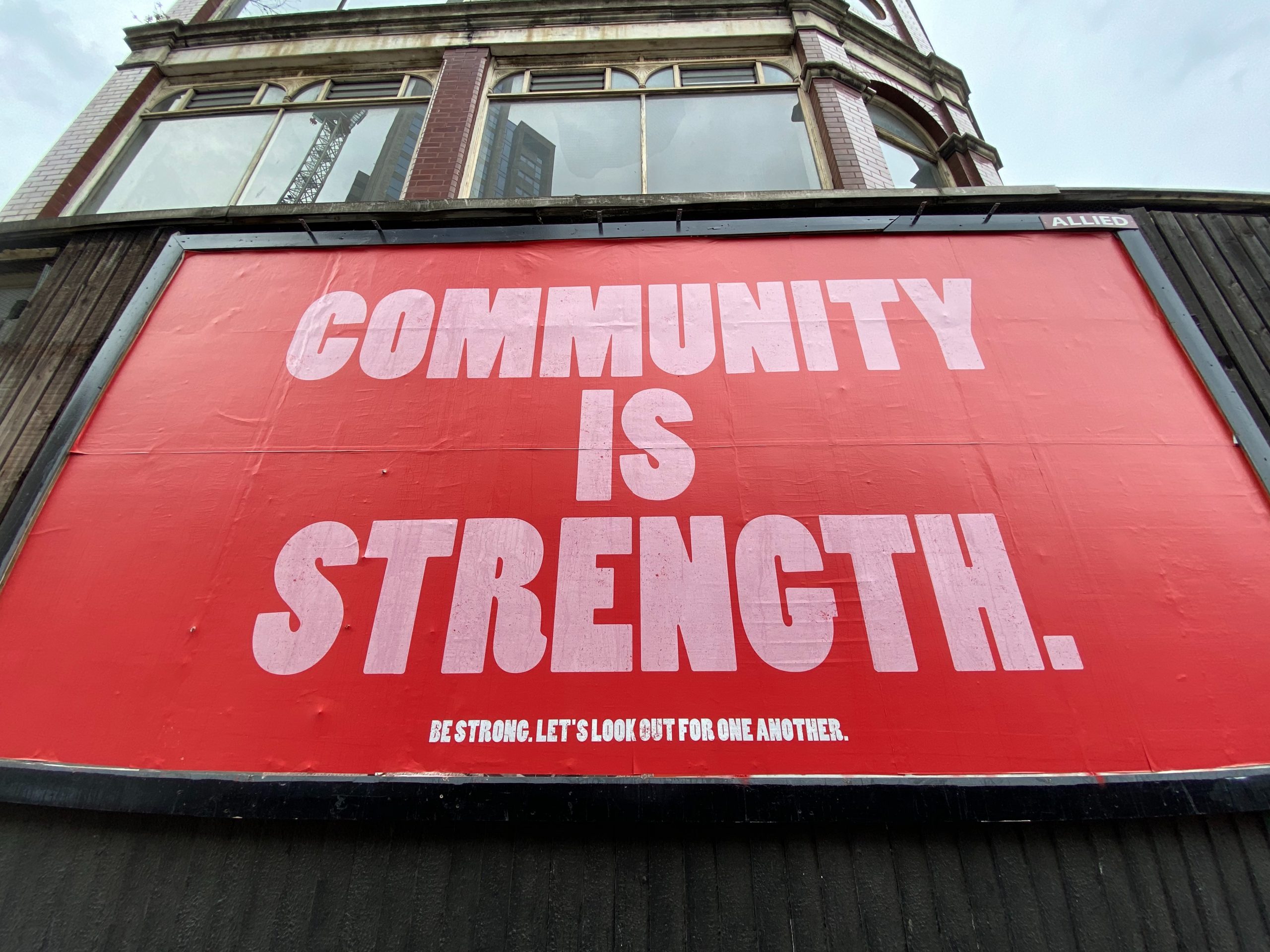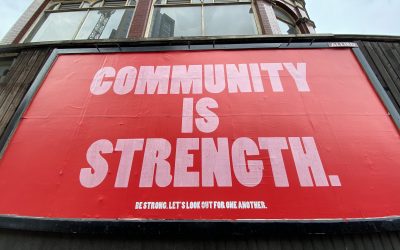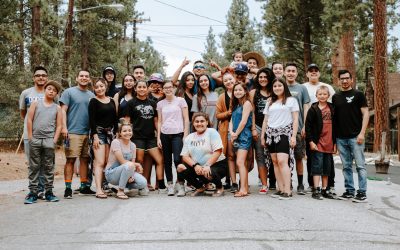In my previous writings I have talked a lot about how to build strong foundations in our communities. Namely, that we should strive to build *belonging*, and that a sense of belonging is what transitions *drive-by contributors* that are expensive and time-consuming to spin up, into regular community contributors who provide *significant and sustained* contributions.
I have also talked about the importance of growing strong teams. Great teams help us to reduce the scope of the community from the perspective of a new community member; joining a team with a smaller number of contributors helps the new member get up and running quicker than joining one giant community where they feel like a drop of water in the ocean, a needle in a haystack, an actual singer in a karaoke bar, or some other tired metaphor. Oh, come on…don’t give me that look, I am all about the tired metaphors…
In other words, if you build strong teams, infuse those teams with a sense of personal connection to new members, and welcome your new contributors with open arms, you will likely build belonging and thus grow a strong and scalable community that can grow beyond the current membership base and produce new generations of competent contributors in the future.
Much of my thinking has been evolving in my head over the years and I documented a lot of it back in 2009 in the first edition of my book, [The Art of Community](https://artofcommunityonline.org/). After I published the first edition back then, I discovered a range of other new ideas and approaches that I wished I had stumbled upon earlier so I could put them in the book. Thankfully I was able to add them to the recently released second edition of the book.
Unfortunately, and as is typical with life, just as the second edition hit the bookshelves, I discovered yet another key lesson which I wish I could have put into the new edition.

“Too much skin can be a hilarious burden”
Every group of people, be it a community, a band, a relationship, a workplace, a sports team, or whatever else, has a series of *structural foundations*. These foundations are almost always *people* (although they can often be processes and workflow that is ultimately influenced by one or more people), and their passion, personality, and capabilities determine their level of influence.
As an example, in a software company you have various influencers who determine in which direction the company moves forward. These influencers include founders, senior execs, engineering managers, product managers, and others. Each person has a differing level of influence on the overall structure. The perspectives, personalities, and attitudes of these people can significantly influence the morale and problem-solving capabilities of the wider group.
The way in which these foundational people interface with the rest of the group can be complex and unearth other subtle foundational members. You may have a strong founder with great ideas and direction but with a sharp and unforgiving tongue (e.g. Steve Jobs) but who is surrounded by management who help to interface him/her with the rest of the group. In this setting a potentially demoralizing foundational weakness of this person (namely said sharp tongue) is protected from doing harm to the rest of the group. In these cases the founder of the company continues to be a strong foundation with their vision and focus, but the management team who surround him/her are as equally strong and influential too in being able to transition that vision into practical work items and maintain morale.
Irrespective of the structure of the group, many of us can typically identify these foundational people. They are not just people in positions of authority; a wise and effective contributor on the bottom rung of the ladder can sometimes have more influence (if not power) in the group than a senior position of authority.
Whatever company, community, or group you are in, take a few minutes now to have a think about who are the foundational people who help to motivate, inspire, and deliver progress in your group or community. Think of those who present great leadership, vision, and direction, as well as those who you feel are foundational weaknesses and are taking your community in the wrong direction, solving the wrong problems, proving to be obstacle, or otherwise compromising the opportunity of the community and it’s work. Be careful to not just pick people you don’t like or disagree with as your foundational weaknesses: some of our most wonderful foundational entities can be our biggest critics.
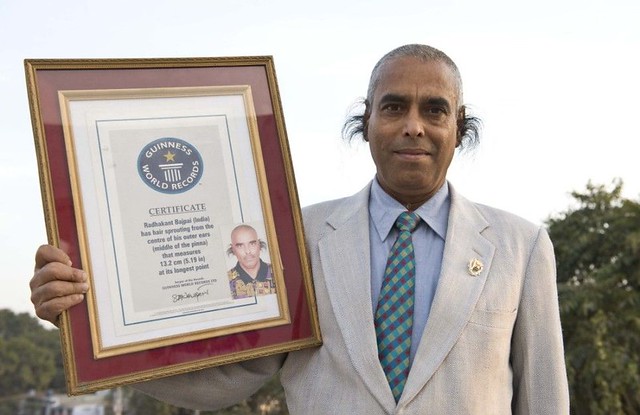
Probably not a foundational core in your community.
So where am I going with all this?
Well, recently in a project I am involved in outside of work and Ubuntu I realized that I was starting to lack the motivation and excitement about something that I was once a man obsessed with.
Like many, as I have gotten older, I have started to understand my own psychology more and more. I have discovered which areas and environments inspire me, when I am burning out, what ingredients I need to be productive, what level of reassurance and validation I need, and other elements. I suspect this is as common a part of growing up as is my hair growing inwards and coming out my toes.
With this particular project I couldnt put my finger on why I couldn’t rustle up the motivation. I am generally a pretty motivated and optimistic kind of guy. I would find myself there with the folks involved and having a great time and enjoying our work, but when I left the room I would find it difficult to trigger that rush of adrenaline that was present when I was still in the room.
Then, fairly recently, a member of the project decided to move on. All was well and amicable, and even though I was tempted to part ways myself, something was still keeping me connected to the project. I then realized (via this journey of understanding my own psychology over the years) that I needed to try and figure out *why* I was lacking the motivation; something was creeping around under the skin and I just needed to put my finger on it.
It was then that I came across this concept of *structural integrity*.
## Structural Integrity
I realized while driving out to meet some of the other members one day that subconsciously I had lost faith in some of these foundational pieces of the project (including my own contributions). As I drove I broke down the different parts of the project in my mind, where I had concerns, and who these concerns were with, and many of those concerns were pointed towards problems with people with issues that had been identified in the past but in which ultimately no progress had been made.
As I unraveled this in my mind on that drive I discovered a new aspect of my personality: when I have confidence in the structural foundations of a group…anything is possible and all problems are solvable, but when I feel the structural integrity is compromised, the weight of the problems are heavier and solving them is more like wading through treacle. Some may see this lack of structural integrity as a risk, but I instead see it as an opportunity to build strength back into that foundation to re-enforce the wider group.
In other words, where confidence exists in the structural integrity of a group, it unlocks a fantastic world in which anything is possible, where all problems are solvable, and where the unity of the group builds a strength that is beyond the capabilities of any individual; this is the true opportunity of *community*.
This realization, while seemingly obvious, and sitting in front of my eyeballs for this entire time, was a revelation for me. It equipped me with a new way of looking at communities and groups and identifying where the foundational opportunities are (to harness and help those folks to be successful), as well as the foundational risks (to face those risks directly to protect the opportunity inside the group from being eroded).
When I arrived at the room and met with the project members, I confronted the issue head on. I shared what I considered to be the weaknesses in our structural integrity, and interestingly, there was fully unified agreement over the weaknesses. What was once subconscious to all of us had now transitioned into a shared problem that we were all invested in solving.

…petting a small horse with a mullet.
After all of this started forming in my head, I started thinking about how these lessons could apply more widely to community.
## Mission and Ethos
Challenges of foundational integrity become more challenging when your community scales up. When you are a small community where everyone knows everyone, you can confront foundational problems straight on, just as I was able to do so with my project; there were only a few of us, we talked it out, and put together a good action plan for resolving the problems. For a larger distributed community this can be more complex.
Larger community (such as Ubuntu) also attract many different people from different backgrounds, different disciplines, and with different priorities. As my thinking progressed, I started thinking about how as a community leader I could (a) identify structural weaknesses and (b) identify how to resolve them, and (c) provide re-assurances to the wider group that the structural integrity has been strengthened, which open up further potential for the community.
I raised this as a topic at the recent [Community Leadership Summit 2012](https://www.communityleadershipsummit.com/) in Portland. We had an awesome discussion session, and out of the many stories and experiences, many gems of wisdom were uncovered.
When a community scales extensively and a diverse range of people are working on different problems, it can be easy to identify other teams (with their different focus and priorities) as potential structural deficiencies in your community. In the session we came to the conclusion that structural weaknesses primarily occurred when an individual was not operating within the *spirit, ethos, and best interests of the community*.
There are countless tensions in communities along these lines. This is often seen in software communities with a commercial backer, such as the engineering team painting the business team as a bunch of filofax yeilding, foppy-haired sales-people with suspicious intent and values, and the business team seeing the engineering team as a bunch of stuck in their ways dorks who have no idea of the real world and what people want.
This is a mistake. In these kinds of communities both teams bring tremendous value, but their priorities, goals, and driving forces are not the same, and as such need *translating between different cultures in the community*. Such views of foundational weakness is often driven by a misunderstanding of the value and function of these different teams and what they bring. As such, strong foundations in different disconnected teams can be called into question because of cultural misunderstandings between these different disciplines.
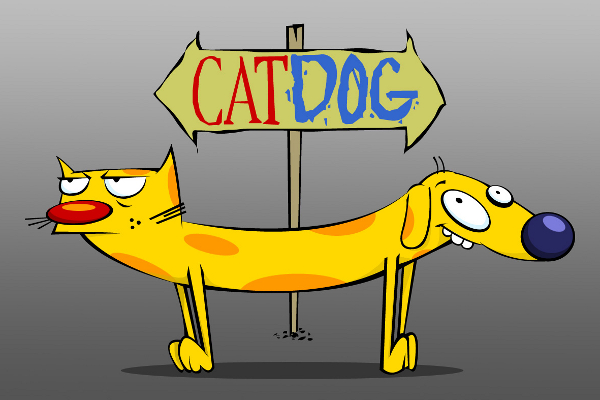
The poster child for different cultures coming together.
A gem from the discussion session was that what unites these different teams and keeps the foundations strong is a common understanding, appreciation, and furthering of the core mission of the community, while always working within the values of the project.
As an example, in Ubuntu, we are working hard to build a pervasive, elegant, and feature-full Free Software platform. We have a core set of values that guide us in doing this work: to be collaborative, respectful, and make Ubuntu available to all, in each user’s native language, irrespective of disability. When I feel my colleagues have a firm understanding of this mission and ethos and subscribe to it, I feel we are on the ball. When someone does not, it raises a flag about their understanding of where we are going and the spirit in which their work is executed. In communities our *values* are a core part of how we collaborate together.
I came out of the discussion session with two primary outcomes:
1. Always keep your eyes open for areas of foundational opportunity (great, inspiring, motivational contributors or cultural elements that help people to be collaborative) and foundational weakness (problematic people who are resistant to progress and evolving your community in the right direction or complexities in how your community gets things done) and *confront those foundational issues* as a shared problem that can be solved (obviously be sure to not turn this into a witch hunt against people who you consider to be an issue, but make it an open and frank exchange of problems and solutions).
2. Re-enforce and unite your wider community behind the community’s core mission, ethos, and values. This will be the fabric that binds disparate skills and groups that are all moving in the same direction under the same umbrella. This will mean reminding folks of the bigger picture and how their jigsaw puzzle piece fits in and providing inspiration, particularly in times of crisis or tiredness.
This is definitely a topic that is still evolving in my mind, but I wanted to scribble some things down and I am keen to hear your thoughts on this topic too. Thanks for reading!

